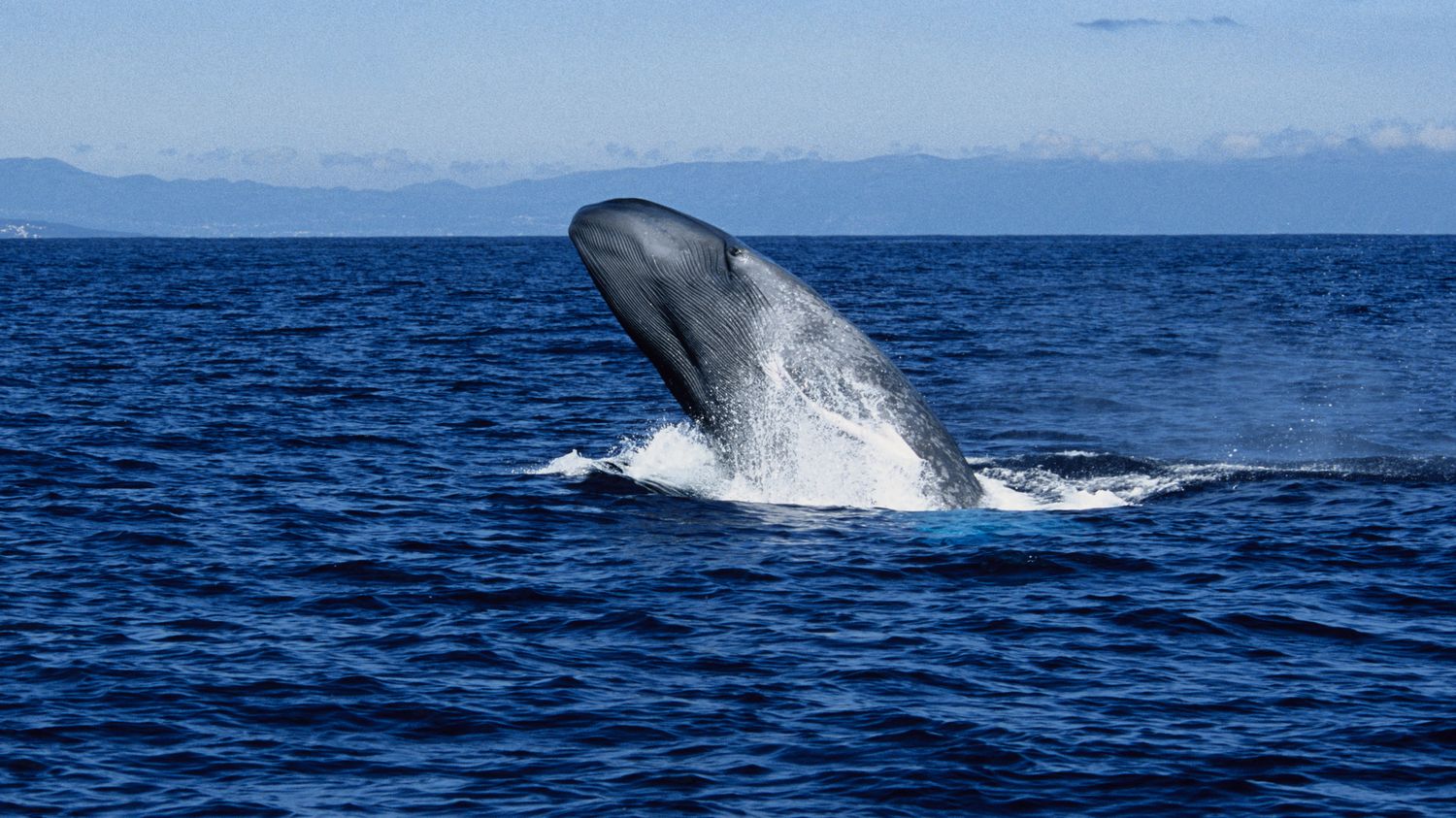A new analysis of the DNA of North Atlantic giants shows that they have on average 3.5% of the genome of fin whales – an evolutionarily distant species of whale that is 80 tonnes lighter. These improbable hybrids must have been sterile, but biologists have observed that they reproduce and perpetuate themselves.

Published
Reading time: 2 min

Hervé Poirier, editor-in-chief of the scientific magazine Epsiloon tells us today about the sex life of blue whales. Giants of the North Atlantic whose DNA analysis shows that they have on average 3.5% of the genome of fin whales. The reasons and consequences of these mixtures remain unknown for the time being.
franceinfo: ODid we discover that these blue whales like to hybridize with fin whales?
Hervé Poirier: Canadian biologists have embarked on extensive genetic analysis of this 30 meter long and 150 ton monument – the largest animal on the planet. They sequenced around thirty genomes from museum skeletons, recent strandings, or direct samples, specimens mainly coming from the North Atlantic. And surprise: these giants have on average 3.5% of the genome of fin whales – another species of whale, quite evolutionarily distant, which separated from the blue whale more than 8 million years ago .
Cases of hybridization had already been spotted, but scientists believed them to be sterile. In fact no, they reproduce, perpetuate themselves. Hybridization seems regular, and always takes place in the same direction: between a female blue whale and a male fin whale, which is nevertheless 80 tonnes lighter!
But how can two species so different reproduce?
In theory, this is not possible: species are precisely defined as populations of individuals who can reproduce among themselves. But nature doesn’t care about our definitions. We know the mule, descended from a donkey and a mare. A little less piggy. Do you know the zebrule? A zebra and a mare. Or the flycatcher, born from the sheep and the goat? The cama? Camel plus llama. Not to mention the hippoceros – as far as I know, it doesn’t exist. It has recently been shown that a quarter of butterfly species can hybridize with another species.
And we have known for 15 years that we too are hybrids, with a part of Neanderthal in us. It remains a game of dice: like the mule, the individuals, often more robust, are also often sterile. But not always, like our whales. And biologists are actually realizing that hybridization is one of the driving forces of evolution, a more powerful driving force than they thought.
What consequences will these hybridizations have for blue whales?
Impossible to say at the moment. But it is a new parameter to take into account in the conservation strategies of this species classified as endangered – there remain today between 5 and 15,000 individuals.
